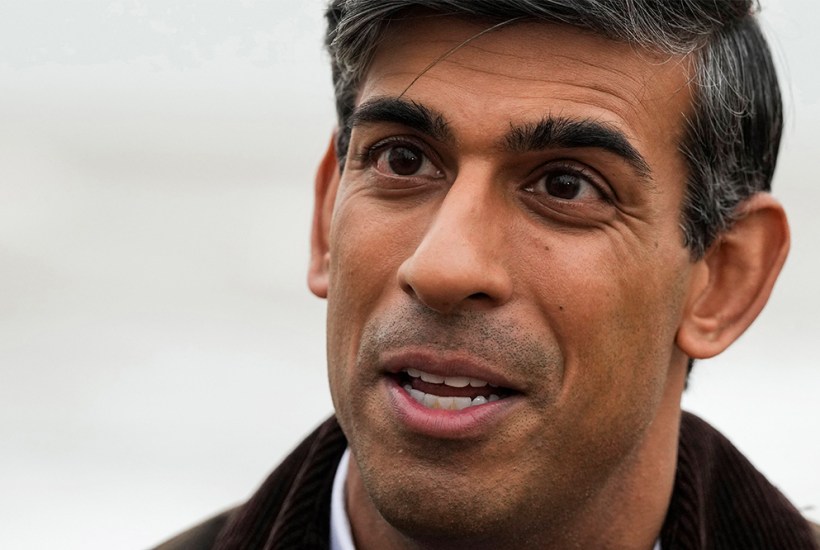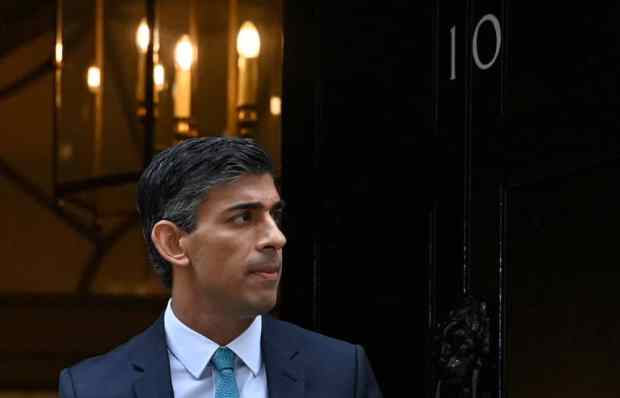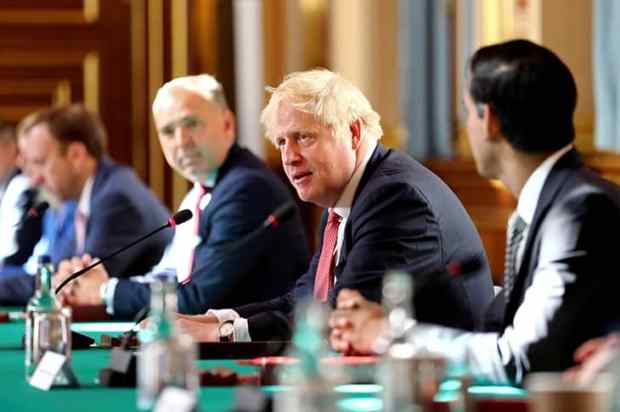When the cabinet gathered on Tuesday morning, the meeting started as a sombre affair. Just days before, the Conservatives had suffered – in the words of polling expert Sir John Curtice – ‘one of worst nights any government has endured’. The Tories lost both the Tamworth and Mid Bedfordshire by-elections to Labour. The Environment Secretary, Thérèse Coffey, managed to lighten the mood when she intervened to say that it hadn’t gone unnoticed that it was Rishi Sunak’s 365th day as Prime Minister. Loud banging on the table ensued, led by Jeremy Hunt.
A year into Sunak’s premiership, neither he nor his supporters are where they would have liked to be. Aides said in January that they wanted to get Labour’s lead down to ten points in a year. That looks ambitious. The Tories are currently 20 points behind. And the Prime Minister’s approval ratings aren’t much better. The day before Sunak entered No. 10, 29 per cent of voters said they expected him to be ‘poor’ or ‘terrible’ at the job. A year in, 50 per cent say he falls into the latter category. At the moment, any talk of a springtime battle at the ballot box looks like electoral suicide.
The Australian election strategist Isaac Levido, who ran the Tories’ 2019 campaign, told those assembled at political cabinet that one of the party’s big problems in last week’s by-elections was voter apathy. In Tamworth, turnout was just 35.9 per cent. In the South Staffordshire by-election in 1996 (as the constituency was then known), which saw a similar vote swing, turnout was 62 per cent. So, Levido argued, the party’s challenge ahead of a general election is to give their voters a reason to turn up. He said this will require message discipline. They need to remind voters of the things they have done so far and link them together: for instance, the reason the government was able to help in the pandemic is because of tough decisions made by previous Tory governments. Sunak’s mantra that he would change the ‘30-year status quo’ could still bear fruit: Levido said Sunak’s decision to delay net-zero commitments and axe the second stage of HS2 plays well to the voters the party is aiming at.
While those who attended the meeting say it was ‘constructive’, not everyone is convinced. ‘It’s what I call the “zero votes” strategy,’ complains a former cabinet minister. ‘Last year things were bad, but at least there was a sense of what we stood for.’
No. 10 say Sunak’s full strategy will come good in time. His first year was focused on stabilising the party. Next year he will reap the benefits of falling inflation and rising real wages. The party conference didn’t lead to a bounce in the polls, but Sunak supporters say it moved the Conservatives in the right direction. They cite the most divisive pledge, a ban on future generations ever smoking, as proof that Sunak’s strategy looks beyond core voters. But some MPs worry the mix of pledges risks isolating everyone. ‘The strategy lacks any clear narrative,’ says one minister. ‘We were told conference would be a big moment, but it hasn’t changed anything.’
The mainstream opinion in the party is that to pull off a surprise victory – or substantially stem losses – the Tories need to reunite their 2019 coalition of Red Wall and Blue Wall voters. But this coalition was enabled by three unique factors: getting Brexit ‘done’, the fear of Jeremy Corbyn becoming prime minister and the charisma of Boris Johnson. Polling by YouGov indicates that Sunak has a long way to go. He has managed to keep the number of 2019 Tory voters who say they ‘don’t know’ who they’ll vote for at the next election below 25 per cent, but when it comes to winning back those who switched to another party, he has made little progress. Although Sunak has regained some of the voters who moved to the left, he is losing voters on the right. In both Tamworth and Mid Bedfordshire, the Reform party – founded by Richard Tice following the demise of the Brexit party – won more votes than the size of either of the Labour majorities. This has led some Tory MPs to worry that in a general election, Tice’s party could divert key votes away from them in tight marginals.
What is the best plan for a party bracing itself for a devastating defeat? As a senior Labour politician puts it: ‘The question is whether Rishi thinks he can win or whether he should protect losses. If he wants to protect losses, then the strategy is to move to the right in the culture wars. If he thinks he can win, it’s big picture.’
MPs in seats with slender or middling majorities would prefer Sunak moved right rather than pursued a wider strategy that risks not swaying voters. But voices supportive of him warn that the 2019 coalition fell apart a long time ago and there’s no point trying to put it back together. ‘We should worry less about this coalition. Every election is different. Doing a load of sensible things makes the most sense,’ says a former minister.
What kind of ‘sensible things’ do the Tories want? Some hope for tax cuts in the Autumn Statement or a reshuffle. The former is unlikely to happen until inflation drops further. A reshuffle will probably happen before the end of the year. Senior Tories are agitating for a change in No. 11. ‘Jeremy [Hunt] was more front-footed when he was health secretary,’ says a former cabinet member. ‘The election will be about the cost of living. We need a chancellor out there with enthusiasm [while being] focused on comms.’ A new chancellor may well be wishful thinking. The next shake-up is more likely to focus on the junior ranks, removing ministers who plan to step down at the next election or who need time to work on holding their seats.
Yet neither tax cuts nor a reshuffle will be the game-changer the Tories need. As a minister puts it: ‘In the end, no by-election, King’s Speech or swapping of anonymous faces for unknown ones in cabinet will change what the election will come down to: does the public want Sunak or Starmer?’
Got something to add? Join the discussion and comment below.
Get 10 issues for just $10
Subscribe to The Spectator Australia today for the next 10 magazine issues, plus full online access, for just $10.
You might disagree with half of it, but you’ll enjoy reading all of it. Try your first month for free, then just $2 a week for the remainder of your first year.















Comments
Don't miss out
Join the conversation with other Spectator Australia readers. Subscribe to leave a comment.
SUBSCRIBEAlready a subscriber? Log in